Silverback Gorilla Trekking in Rwanda
The Call of the Misty Mountains
In the mist-shrouded highlands of Central Africa, where volcanic peaks rise majestically and dense forests echo with the songs of birds and rustling of bamboo, there exists an encounter that transcends ordinary travel. This is the world of silverback gorilla trekking in Rwanda, an experience that unites adventure, conservation, and a profound connection with one of humanity’s closest relatives.
The sight of a silverback gorilla, powerful yet composed, standing amidst his family in the natural sanctuary of the Virunga Mountains, awakens emotions that few other journeys can evoke. His gaze is steady, his presence commanding, and his aura a blend of dominance and tenderness. For those who venture into these forests, the experience is not simply one of wildlife observation but of communion with a species whose survival story mirrors the fragile balance of life on earth.
Rwanda, celebrated as the “Land of a Thousand Hills,” has risen as a premier destination for gorilla trekking. Through dedicated conservation efforts and community involvement, the country has turned its once-threatened gorilla population into a symbol of resilience. To enter Volcanoes National Park and follow trails that lead to these great apes is to step into a living tapestry of nature, culture, and hope.
Rwanda: A Land of Natural and Cultural Richness
The setting of silverback gorilla trekking in Rwanda is as captivating as the primates themselves. Nestled within the Albertine Rift, Rwanda is characterized by rolling green hills, fertile valleys, and a chain of ancient volcanoes that dominate the northwest. These landscapes form the home of Volcanoes National Park, a sanctuary that shelters several habituated gorilla families and offers unparalleled opportunities for intimate encounters.
The park, established in 1925, holds the distinction of being Africa’s first national park dedicated to conservation. It was here that the renowned primatologist Dian Fossey conducted groundbreaking research, raising global awareness of the gorilla’s plight. Today, the park covers approximately 160 square kilometers of rainforest and bamboo, encompassing parts of the Virunga volcanic range whose peaks—such as Karisimbi, Bisoke, and Sabyinyo—form a dramatic backdrop.
Beyond its natural heritage, Rwanda offers cultural depth that enriches the trekking experience. Local communities living near the park, once reliant on forest resources for survival, are now key partners in conservation. Their traditions, stories, and hospitality provide visitors with insights into a way of life shaped by both resilience and harmony with nature. Thus, trekking in Rwanda is never a solitary encounter with wildlife but part of a broader narrative of human and ecological coexistence.
The Silverback Gorilla: Guardian of the Family
At the heart of every gorilla family in Rwanda stands the silverback, whose role transcends physical dominance. The title is earned as a male matures into adulthood, when the black coat of his youth begins to silver across his back. With this change comes responsibility, for the silverback assumes the position of leader, protector, and decision-maker within the group.
Physically, he is a figure of awe. Towering over his family, he can weigh more than 180 kilograms and possess strength capable of bending bamboo with ease. Yet his power is tempered by a remarkable capacity for gentleness. He tolerates the playful antics of juveniles, guards infants with patience, and maintains peace through vocal signals and postures rather than violence. His role is one of balance, embodying authority founded on both care and strength.
For trekkers, the moment of locking eyes with a silverback is unforgettable. His gaze seems to penetrate beyond the forest, stirring recognition of kinship across species. In his composure, visitors see reflections of leadership and family values that are profoundly human yet distinctly wild. The silverback is not only a symbol of gorilla life but also a mirror of humanity’s shared heritage.
Preparing for the Trek: The Journey Before the Encounter
The path to a silverback encounter in Rwanda begins with preparation, both logistical and emotional. Access to gorilla trekking is tightly regulated, requiring a gorilla trekking permit issued by the Rwanda Development Board. These permits, though limited in number, serve a vital purpose: they ensure minimal disturbance to the gorillas while generating revenue for conservation and community projects.
On the morning of the trek, visitors assemble at the park headquarters in Kinigi, where experienced guides conduct briefings. Rules are explained with care. A minimum distance must be maintained between humans and gorillas, sudden movements avoided, and the one-hour observation limit respected. These guidelines are grounded in science, as gorillas remain susceptible to human-borne illnesses.
Physical readiness is emphasized. The trails can be steep, with altitudes ranging from 2,400 to over 3,000 meters. Trekking through dense bamboo, tangled undergrowth, and slippery volcanic soil requires stamina and resilience. Porters are available to assist, not only lightening the load but also offering essential support to local livelihoods. For many visitors, employing a porter becomes a gesture of solidarity, reinforcing the interconnectedness of conservation and community.
Equally important is mental preparation. Anticipation builds as visitors imagine the moment of encounter, yet humility is encouraged. The gorillas move according to their own rhythms, and patience is as essential as endurance. Entering the forest is not merely a pursuit of sight but a step into the unknown, where nature reveals itself only to those who approach with respect.
The Trekking Experience: Into the World of the Silverback
Once the trek begins, the forest reveals itself with gradual wonder. Mist clings to the bamboo, sunrays pierce through thick foliage, and the chorus of birds, insects, and distant primates fills the air. Guides, skilled in reading the forest, follow signs of gorilla activity—fresh dung, chewed bamboo, or nests from the night before.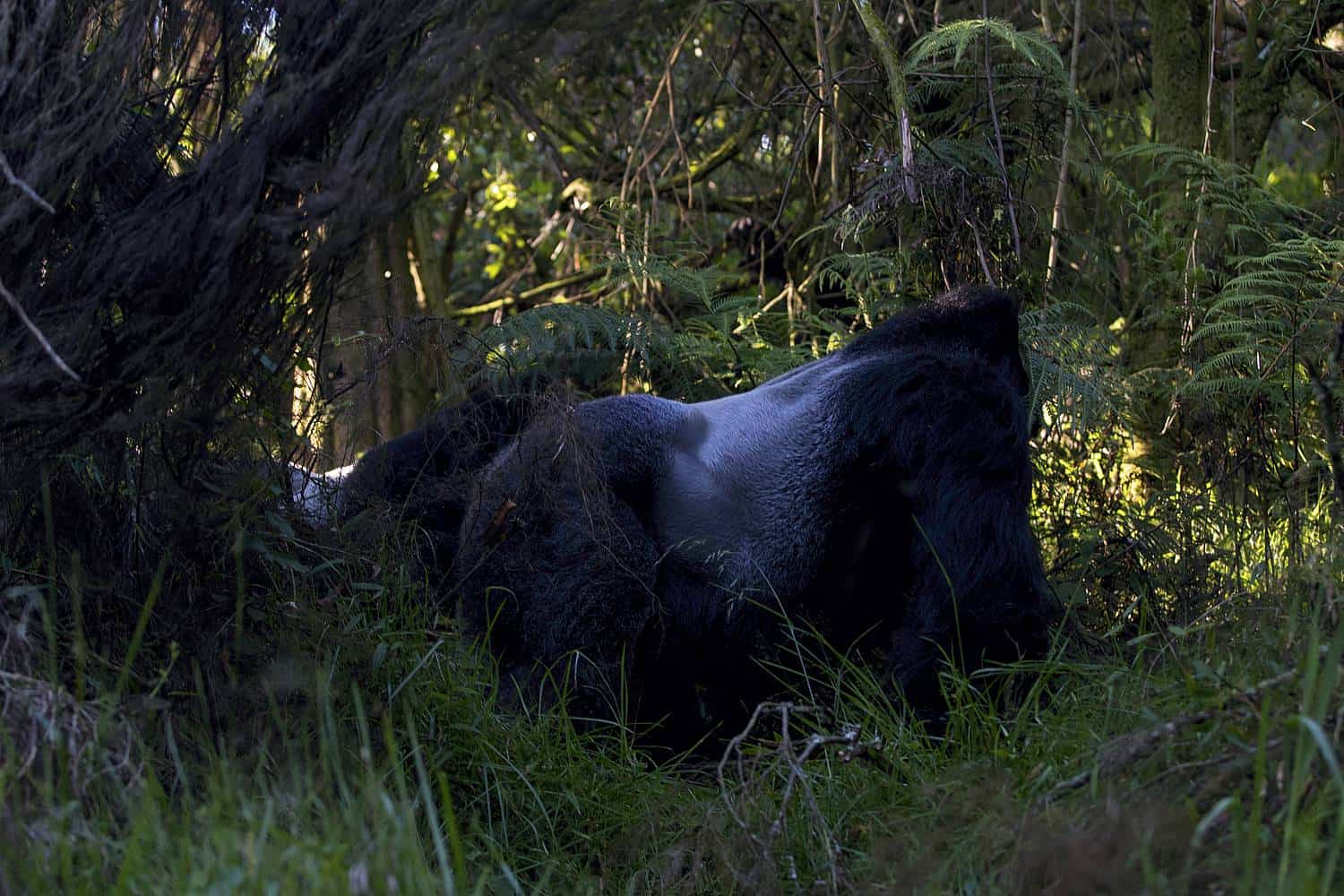
Hours of hiking may pass before the first glimpse. Then, through the thickets, the family comes into view. At the center, the silverback sits with calm authority. His massive frame dominates the clearing, yet his movements are unhurried, deliberate, and assured. Around him, mothers cradle infants while juveniles swing from branches, their energy a stark contrast to the leader’s composed demeanor.
The one-hour viewing window becomes a tapestry of moments. A silverback may rise to display his strength, beating his chest with resonant thuds. A young gorilla may approach with playful curiosity, only to retreat at a subtle signal from the leader. Every gesture, every sound, becomes part of an unspoken dialogue between humans and gorillas.
For visitors, cameras capture images, but the memory etched into the heart often transcends photography. The silence shared with a silverback, the awareness of standing mere meters from a creature so powerful yet so vulnerable, creates a connection that defies language. It is an encounter where awe merges with responsibility, reminding humanity of its duty toward the natural world.
Challenges on the Trail: The Test of Resilience
Trekking in Rwanda is not without challenges. The terrain of Volcanoes National Park, shaped by volcanic forces, is rugged and unpredictable. Trails can be steep, and rain often turns them into slippery passages. Mist may reduce visibility, while altitude tests endurance.
The gorillas themselves add unpredictability. Their movements are not confined to trails but dictated by the search for food and shelter. Hours of trekking may be required before they are located, and the experience demands patience and perseverance. Yet it is precisely these challenges that elevate the encounter. The effort invested in each step makes the eventual meeting with the silverback more profound, a reward earned through determination.
The unpredictability of nature ensures that no two treks are alike. For some, gorillas are encountered after a short walk; for others, it takes an entire day of hiking. The challenges, however, become part of the story, deepening the significance of the experience and forging bonds among trekkers who share in the journey.
Conservation: Rwanda’s Commitment to the Silverback
The survival of Rwanda’s gorillas is a testament to the power of dedicated conservation. Once critically endangered, the species has experienced a steady increase in numbers thanks to measures that blend science, policy, and community engagement.
Revenue from trekking permits forms the cornerstone of conservation funding. A significant portion is allocated to anti-poaching patrols, veterinary care, and habitat protection, while another share is directed toward community projects. Schools, health centers, and infrastructure improvements funded by gorilla tourism serve as visible reminders that the silverback’s survival benefits not only wildlife but also people.
The shift in local attitudes has been equally important. Communities once dependent on hunting and forest exploitation now see gorillas as allies in their economic future. Employment as guides, porters, and lodge staff has replaced destructive practices, while cultural initiatives allow locals to share traditions with visitors. This transformation has created a cycle of mutual benefit, ensuring that conservation is not imposed but embraced.
Nevertheless, challenges persist. Population growth exerts pressure on land, climate change threatens ecosystems, and disease remains a constant risk. The silverback’s survival remains fragile, a reminder that conservation is an ongoing responsibility requiring global support and vigilance.
Cultural and Spiritual Dimensions of Trekking in Rwanda
The experience of silverback gorilla trekking in Rwanda extends beyond ecology into the realms of culture and spirituality. The Virunga Mountains are revered by local communities, and the gorilla often appears in oral traditions as a symbol of strength, unity, and guardianship of the forest.
For visitors, the trek often becomes a spiritual journey. The mist, the silence, and the gaze of a silverback create an atmosphere that feels sacred. It is as though the forest itself is a temple, the gorillas its guardians, and the encounter a form of communion. In the presence of the silverback, values such as family, leadership, and resilience are reflected back, reminding humanity of both its power and its responsibility.
This deeper dimension adds layers of meaning to the trek. It becomes more than wildlife tourism; it becomes a pilgrimage into the wild, where the lessons of nature resonate long after the journey ends.
The Best Seasons for Trekking in Rwanda
Rwanda offers gorilla trekking throughout the year, though conditions vary by season. The dry seasons, which stretch from June to September and from December to February, are generally considered the most favorable. Trails are more stable, vegetation is less dense, and the overall trekking experience is less strenuous.
The rainy seasons, from March to May and again from October to November, present more challenging conditions. Trails can become muddy, and visibility may be obscured by mist and rain. Yet these months also hold unique rewards. The forest flourishes with vibrant greenery, the atmosphere is hushed with fewer visitors, and the sense of intimacy with the gorillas is heightened. Each season, therefore, offers its own perspective, and the encounter with the silverback remains equally profound regardless of weather.
An Encounter That Transforms
Silverback gorilla trekking in Rwanda is an experience that transcends adventure. It is a journey into the heart of nature, a moment of connection with one of humanity’s closest relatives, and a lesson in conservation, resilience, and coexistence. To stand before a silverback is to witness strength guided by wisdom, leadership rooted in care, and survival shaped by unity.
The encounter leaves an indelible mark, reminding every visitor that the protection of the natural world is not optional but essential. Rwanda, with its misty volcanoes and resilient communities, has emerged as a beacon of hope, showing that conservation and development can flourish side by side.
For travelers seeking not just a safari but a transformative journey, Rwanda awaits with experiences that linger long after the forest fades from view. To ensure that such journeys are undertaken with expertise, respect, and authenticity, it is strongly recommended that African tours and safaris be booked with WildHorn Africa, a trusted partner dedicated to delivering encounters that honor both people and wildlife while preserving the treasures of this extraordinary continent.

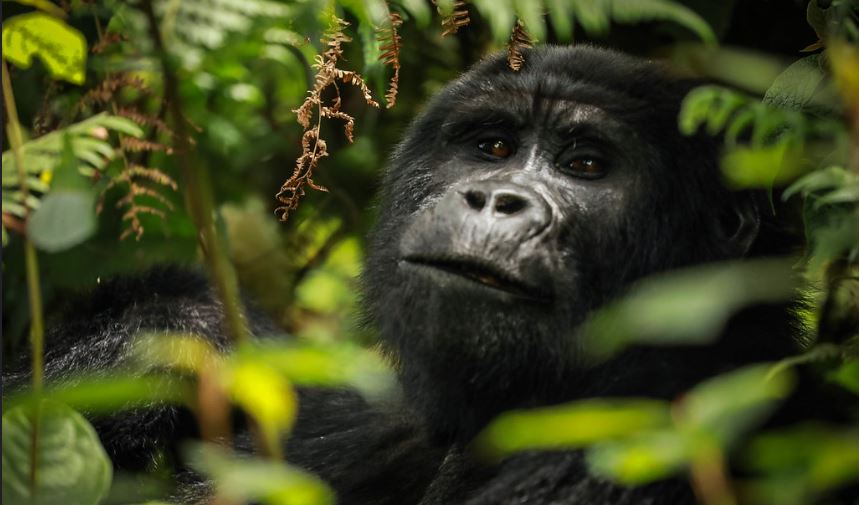
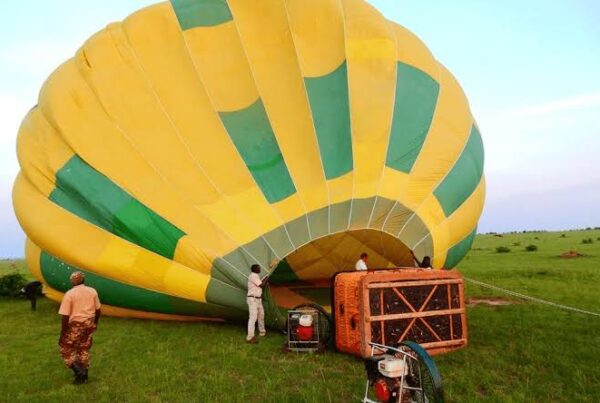
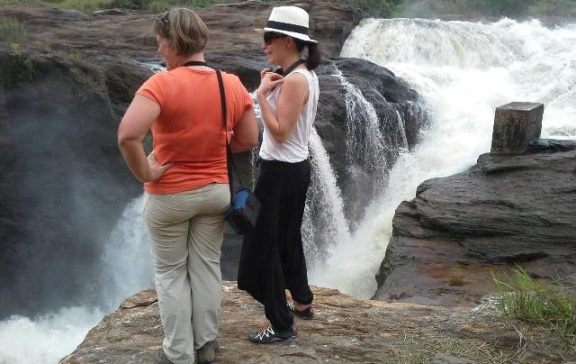
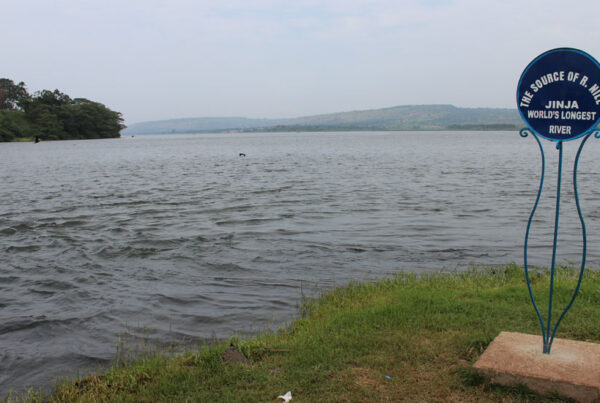
 WildHorn Africa – Authentic and unforgettable tours across Africa, guided by local experts who know the land, wildlife, and culture best.
WildHorn Africa – Authentic and unforgettable tours across Africa, guided by local experts who know the land, wildlife, and culture best.


